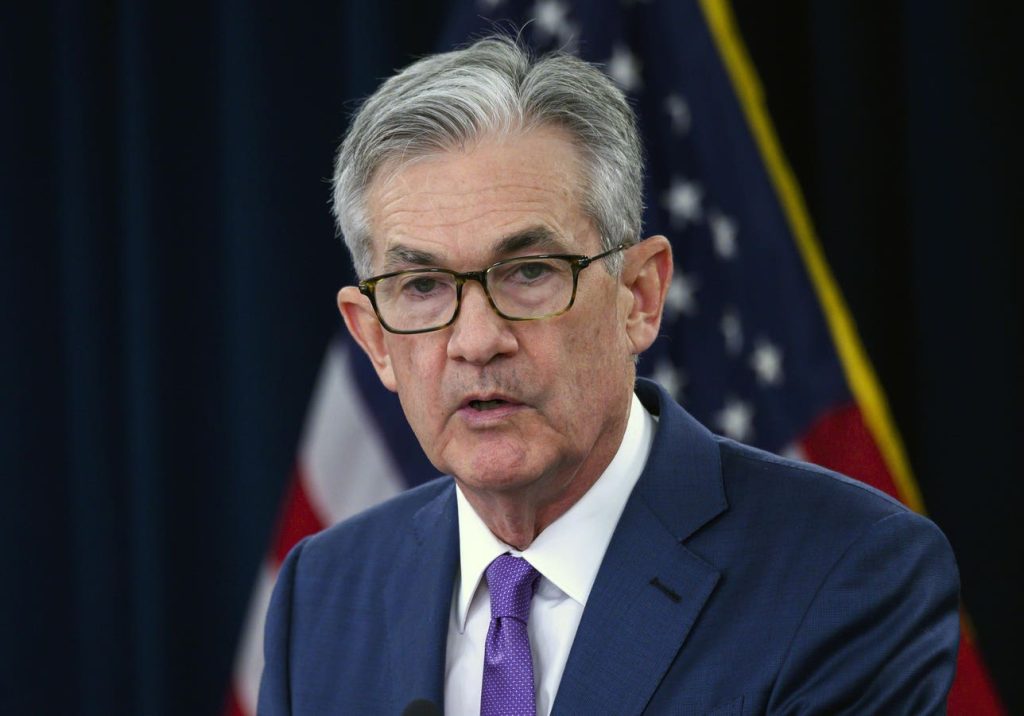The Fed funds rate is expected to decline by the end 2024, but not by much and largely later in the year. That’s the current expectation of both policymakers and markets. Even though, the Federal Reserve could, possibly, still raise rates one more time in 2023. The markets remain somewhat ahead of the Fed in the magnitude of potential 2024 rate cuts.
However, any decline in interest rates is expected to be mild when compared to the pace of rate increases over past years. Markets broadly anticipate a 1% decline in the Fed funds rate to between 4% to 5% by the end of 2024. However, any rate decline is loaded towards the second half of 2024, with cuts most likely starting in June or later.
The Fed’s own projections as shared in the Summary of Economic Projections on September 20, see short-term rates around 5% at the end of 2024. As such, most officials see rates declining, but on a slower trajectory than fixed income markets currently project, and perhaps even with one final rate increase still in 2023. However, given that the forecast period is over a year out, both estimates encompass a relatively wide spread of potential outcomes for interest rates.
The Fed’s Schedule For 2024
As is typical, the Fed has scheduled eight meetings of its monetary policy committee for 2024 to set the Fed funds rate. Decisions are scheduled on January 31, March 20, May 1, June 12, July 31, September 18, November 7 and December 18.
Of course, the Fed can alter the Fed funds rates whenever it wishes, as it has done previously during time of economic stress. Still, absent severe economic news the Fed will likely stick to its eight-decision schedule for 2024. The more significant meetings may come in March, June, September and December as the Fed will update detailed economic projections.
The First Cut?
Even though rates are expected to move lower, we may not see that until the summer of 2024. The Fed has emphasized on multiple occasions that even though it could be done raising interest rates, that doesn’t mean it plans to cut them soon. Fixed income markets appear to agree with that message, on the current assessment, any cuts are unlikely to start before the summer, perhaps by June, according to the CME FedWatch Tool.
The Economic Picture
The implicit economic forecast behind the outlook for rates, at least from the Fed’s standpoint, is that inflation will take more time to move closer to the Fed’s 2% annual goal. In fact, all Fed policymakers still see inflation running a little over 2% by the end of 2024, but still returning closer to target than inflation’s current level. Headline Consumer Price Index inflation rose at a 3.7% annual rate as reported for September 2023, as much of this year has seen cooling inflation, though not as fast as the Fed would like.
In addition, unemployment is expected to increase to closer to 4%, again on the Fed’s September projections for year-end 2024. Just a few policymakers do believe that the anticipated increase in unemployment will translate into a probable 2024 recession. Still, a majority of Fed forecasts include a so-called ‘soft landing’ for the U.S. economy where positive economic growth is maintained for 2024 as a whole, and restrictive interest rates don’t crash the economy.
Recession Risk
The primary risk to the outlook of both markets and Fed policymakers is a more severe 2024 recession. Historically, the Fed has dropped rates aggressively at times of negative economic growth, and not held rates at restrictive rates for sustained periods. It remains to be seen if they’ll face that dilemma in 2024.
However, the Fed has emphasized that their current goal is winning the inflation fight, and even some uptick in unemployment, though undesirable, would be tolerated if inflation weren’t fully beaten.
That said, recent data for 2023 has been encouraging, and better than most forecasts, regarding both growth and unemployment. The economy has likely avoided a recession that was viewed as relatively likely earlier in the year. So far, this interest rate cycle has proved different to many past cycles, though some worry that the lagged impact of higher rates may be taking time to play out on the economy, as indicators such as the yield curve flash warning signals.
It seems likely that interest rates will move lower in 2024 on current projections, but not by much and not until later in the year. The prospect of a recession could change that picture, but is not a base case for current forecasts.
Read the full article here




